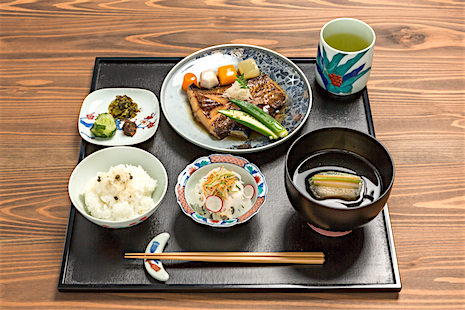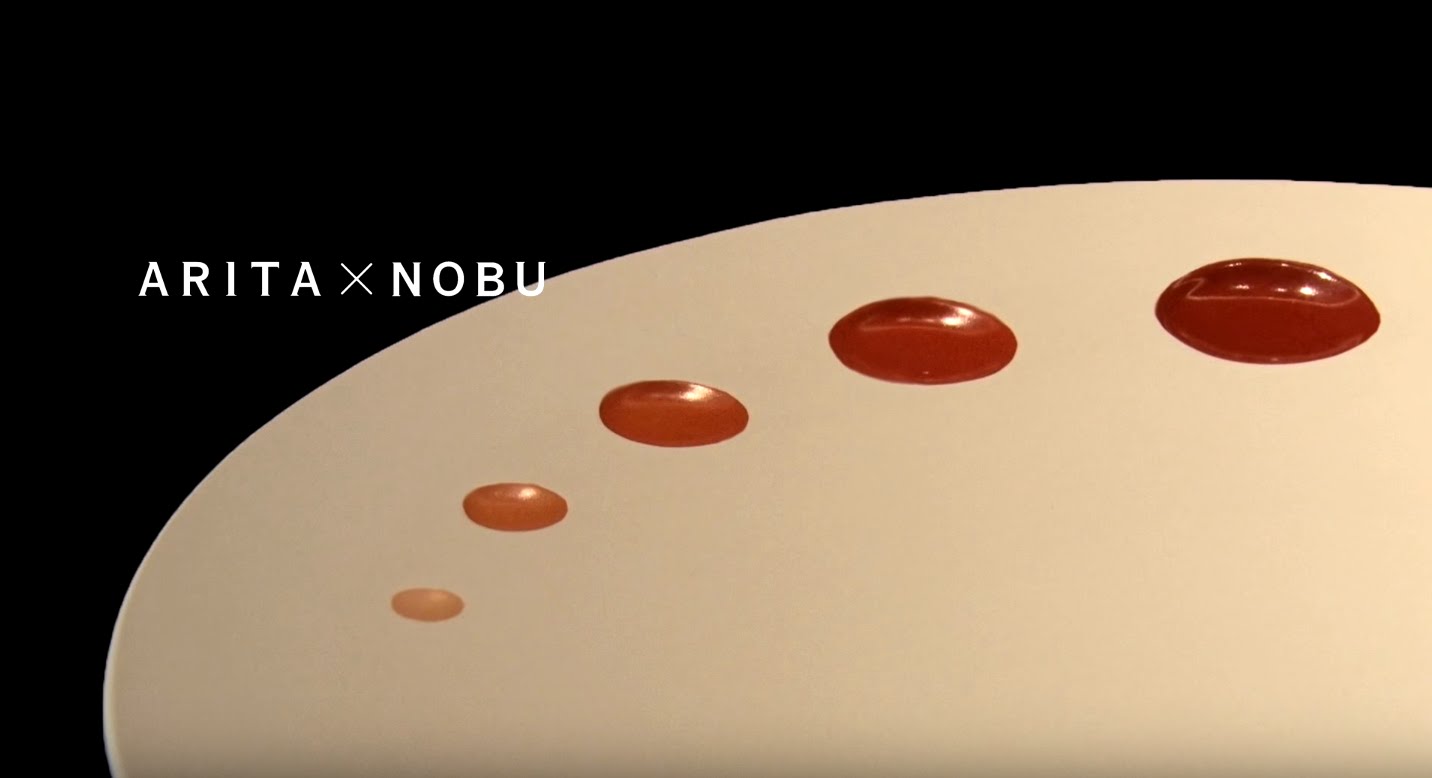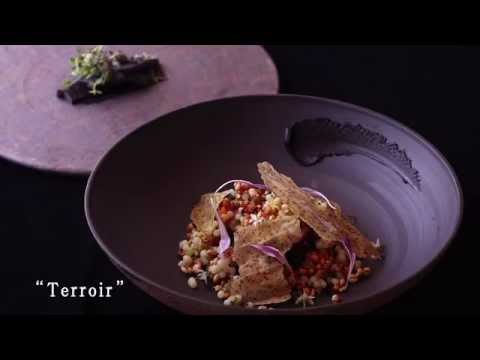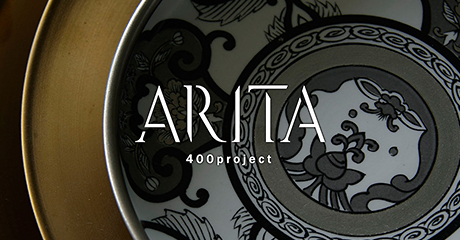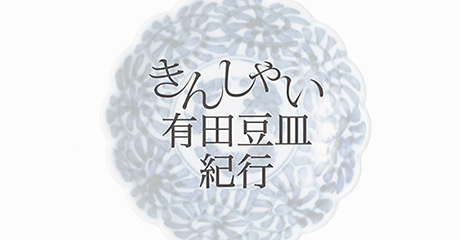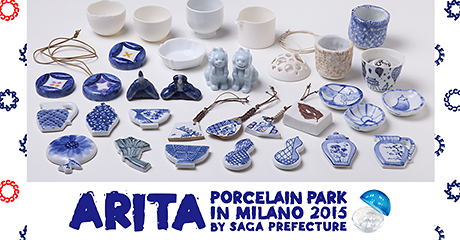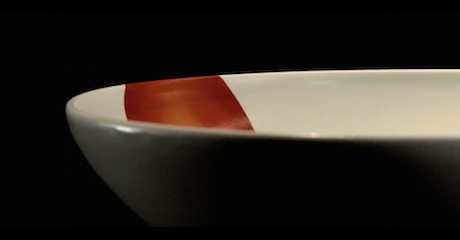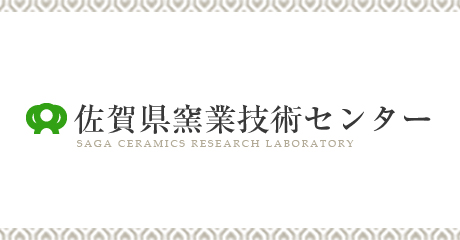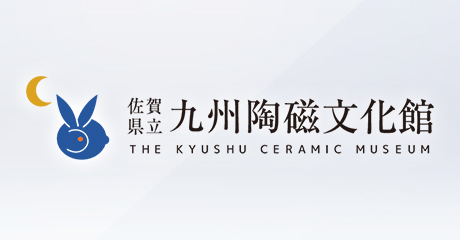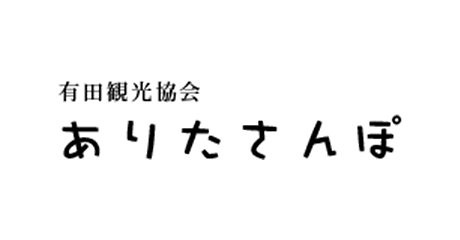Arita porcelain adding color to the dining tables of Edo’s peaceful society
Unfortunately, the great Bunsei era fire of August 9, 1828 gutted the center of Arita, destroying many invaluable historical records, and leaving only a limited number of primary sources for the 17th to early 19th century history of Arita.
Accordingly, to estimate the scope and value of transactions, and types of designs and articles commonly traded, historians and ceramics researchers have relied on a variety of sources: documents of the Nabeshima domain; commerce records of Chinese ships, the Dutch East India Company, and Imari merchants dealing in Arita porcelain; ledgers of overseas trading houses and European palace inventories; and archaeological excavations, and unearthed articles from the residences of wealthy merchants and daimyo’s mansions all over Japan.
From among such materials, the most accurate sources are the trading ledgers of the Dutch East India Company. According to the records, from 1659 exports rapidly increased over the 1660s, peaked in the 1670s, held steady and declined from 1690 due to the following reasons: in 1684, in China the Qing dynasty won its power struggle with the Ming dynasty and issued edicts to encourage overseas trade and export; and in 1685, the Edo Shogunate restricted the annual volume of trade in Nagasaki to 6,000 kanme of silver for Chinese ships and 3,000 kanme for Dutch ships. (One early Edo period kanme is worth about 2 million yen today.)*1
In addition, domestic demand for ceramics was also increasing, resulting in a steep rise in home prices, and the ceramics of Arita were unable to compete on price with the Chinese competition; this is also one of the major factors in a decline of exports.*2
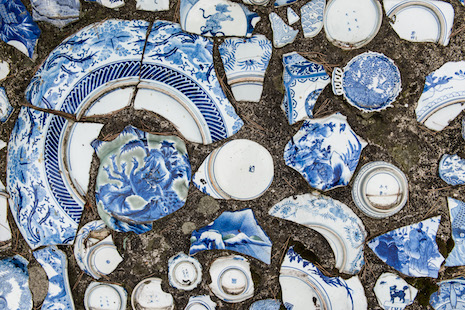
It was general traders from other regions and porcelain merchants from Imari who by supporting distribution across Japan enabled domestic demand to replace the decline in exports. It is known that in the 17th century, porcelain merchants from Edo sometimes visited the Sarayama area in Arita to directly purchase ceramic wares from the kamayaki (potteries).
“In 1668, Imariya Gorobei, a porcelain merchant in Edo, in response to a request from Date Mutsunokami Tsunamune, the lord of the Sendai domain, traveled down to Arita. While purchasing everyday goods, he was on the look-out for exquisite tableware, but unable to find any masterpieces, he asked advice from local kamayaki and they recommended the master potter Tsuji Kiemon; Imariya placed an order straightaway and much to his delight was later rewarded with splendid tableware decorated with a blue flower pattern; upon his return two years later in 1670, he delivered these pieces to the Date family.”*3
It is also recorded that in addition to Imariya Gorobei, other merchants such as Fujimoto Chozaemon, Aoyama Kobei, and Tomimura Morisaburo were active, and a farmer named Kisoji after obtaining permission from the domain went to Osaka to sell porcelain from Arita.*4。
In the 18th century, porcelain ware was a luxury only for the upper classes, but by the 19th century, it was commonly used in daily life by ordinary people and lent a little flair to their dining tables. The tableware and dishes portrayed in the ukiyo-e woodblock prints of Utagawa Hiroshige, Utagawa Toyokuni and other well-known ukiyo-e artists of the Edo period tell of a rich food culture.*5。
In the study of the maturation of food culture, such as the variety of tableware and table manners, some researchers point out that up to the 17th and 18th centuries, the scenes depicted in paintings and prints of the East show a far more sophisticated culture than found in Europe.*6。
Today, Japanese-style food is very popular throughout the world, and is indeed registered as a UNESCO intangible cultural heritage; most of its basic cooking methods were established in the Edo period, before the age of modernization. The delicate, thin but robust Arita porcelain with its beautiful appearance and outstanding functionality significantly contributed to the development of the proud Japanese food culture that is so popular today throughout the world.
- *1 Calculated based on 1 monme of silver (early Edo period) = 2,000 yen, from the Bank of Japan Currency Museum website.
- *2 Genji Matsumoto, “The Historical Story of Arita, a Village of Fire” 1996, Yamaguchi Insatsu
- *3 Hiroki Nakashima, “Examination of Hizen Porcelain History” 1985, Seichosha
- *4 Hiroshi Maeyama, “Research into the History of Imari Porcelain Distribution” 1990, Seibundo Insatsu
- *5 “Edo Food Culture: Observations from the Shibata Collection” edited by Noritake Kanzaki, special topic “Arita Porcelain” in “Fudebako No. 28” 2013, Hakuhodo
- *6 Hiroko Nishida (world-renowned researcher on the history of Eastern ceramics, adviser of Nezu Museum), “History of Ceramics in Exchanges between the East and the West” 2008, Chuo-Koron Bijutsu Shuppan
